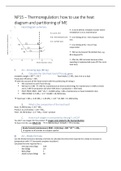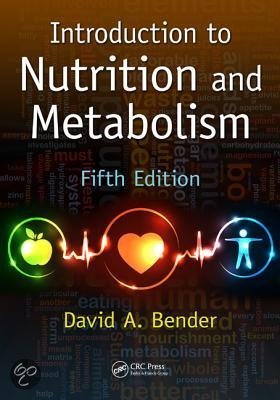College aantekeningen
NP15, 16 & 17 - Lectures 15, 16 and 17 Nutritional Physiology + exam questions about proteins NP15 – Thermoregulation: how to use the heat diagram and partitioning of ME NP16 – Protein metabolism NP17 – Protein turnover and adaptation
- Instelling
- Wageningen University (WUR)
NP15, 16 & 17 - Lectures 15, 16 and 17 Nutritional Physiology + exam questions about proteins NP15 – Thermoregulation: how to use the heat diagram and partitioning of ME NP16 – Protein metabolism NP17 – Protein turnover and adaptation
[Meer zien]





